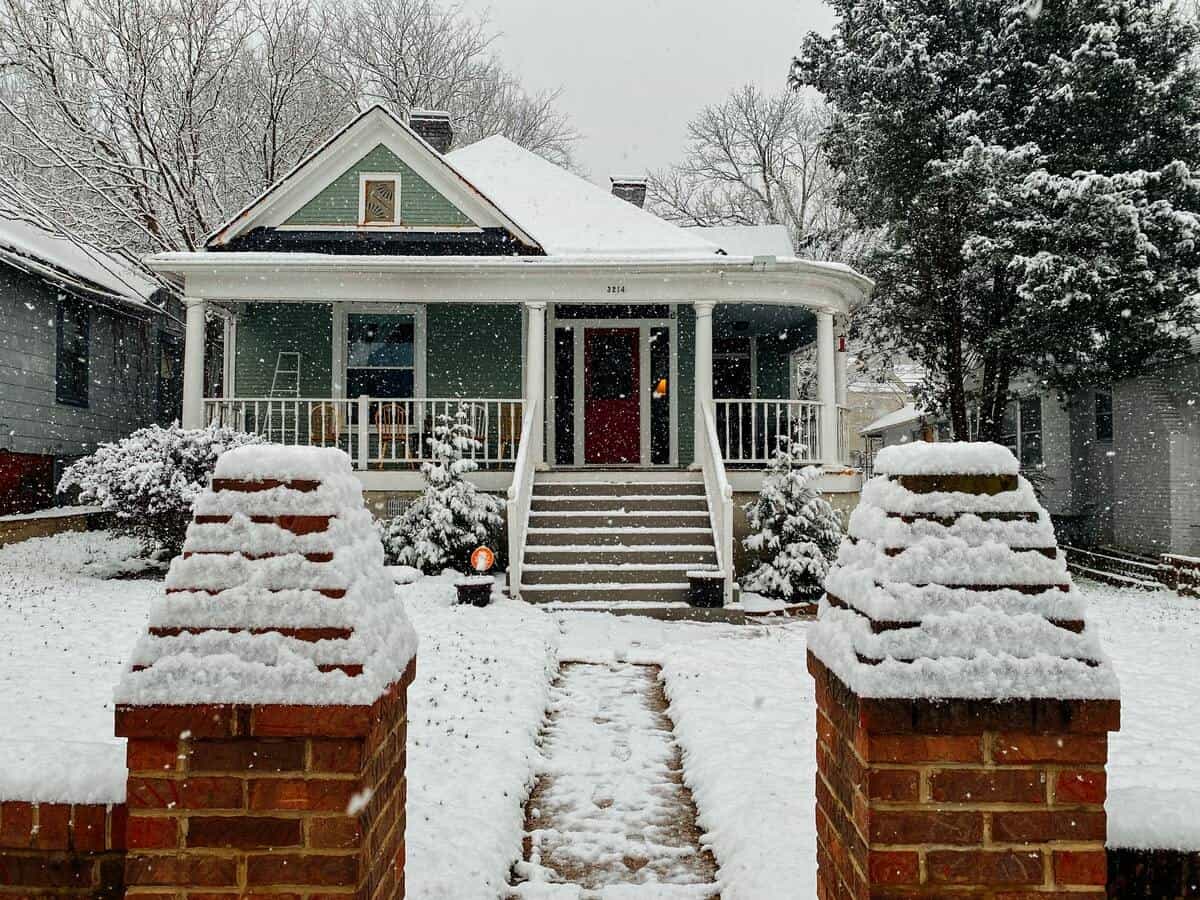When it comes to increasing home value, buying new windows is absolutely worth the investment. Whether you just moved into a new home, or you’re looking to upgrade your house, adding new windows can be a great way to add value. Older windows cause issues such as higher electricity prices or noise pollution. With advancements in window design, upgrading to a new style and better quality can improve the look and the feel of your home. Here are a few reasons why you should buy new windows.
Buying New Windows As an Investment
In every business class, you learn about “ROI” or return on investment. Typically, homeowners won’t see a 100% ROI in a new remodel, but new windows come pretty close. On average, the ROI can be from 70% to 80% reflected in an increase of home value — meaning it is one of the best investments you can make to your home. This is before any savings coming from reduced energy bills.
Reduced Electricity Bills, Increased Insulation.
Energy Star windows will help reduce your electricity bill. Also, if you’re switching out your old single pane windows for newer double pane windows, the seal between your window and the frame will be tighter, leading to less air coming through and lowering your bills. There are two issues that result in higher electricity bills with older windows, and both of those problems can be fixed by installing new windows.
Wind Draft
Older windows can sometimes feel “drafty.” This means that there is wind that still gets through the seal between the window and the frame. This happens when the original glazing putty has grown fragile and brittle due to longevity. This can leave your glass window rattling in place, allowing for wind to get in your home. Vinyl and aluminum windows can have worn out gaskets and weather stripping, leaving them with the same result of leaking wind into your home.
When windows have drafts like this, your heating system is working twice as hard as necessary to keep your home warm with the fluctuating temperatures. This will only add to bigger heating bills and a larger energy loss.
Condensation
Other than wind drafts, you can tell if your window is not properly sealed if there is condensation in the panes of glass. The condensation shows you that there has been air leaked in between the glass panes, which does not happen if your window is efficient and properly insulated. Condensation between the panes is not something to ignore. The condensation increases your bills and that moisture can allow for mold to grow in your home, leading to health issues and deteriorating window frames.

Energy Efficiency
- Double pane: As previously mentioned, double pane windows allow better protection for outside elements.
- Energy Star: Energy Star windows meet or exceed energy code requirements.
According to Energy Star, you can save $101 to $583 a year when switching from single-pane windows to Energy Star windows. It will also save 1,006 to 6,205 pounds of CO2, which is equivalent to 51 to 317 gallons of gasoline each year.
If you already have double paned windows and you’re looking to switch to Energy Star, don’t worry, you’re still getting savings as well! You can save between $27 to $197 per year, and saving 246 to 2,001 pounds of CO2. That is equivalent to 13 to 102 gallons of gasoline each year.
Reduced Noises
Buying new windows lead to better insulation from weather, but also better noise control from the outdoors. If you have a neighbor who likes to do noisy yard work everyday, or a neighbor with a dog who barks frequently, the new windows can help absorb some of the noise from entering your home. This is especially helpful with families with young children who still take naps.
Most older homes have single paned windows, meaning that there is only one layer of glass between your home and the outdoors. By switching from a single pane to a double paned window, you are buying a window with two sheets of glass and a layer of argon gas. This provides your home with better protection against outside noises. Newer windows can reduce noise pollution by 60-75%.
Buying New Windows to Add Curb Appeal
If you are trying to sell your home, having great curb appeal is a sure way to get buyers to notice your home. If a buyer can see that your windows look old and outdated, they might not even be interested in seeing the rest of the home. Make a great first impression and replace your windows to add to your curb appeal.

Popular Window Types to Consider
- Single hung: this type of window only allows the bottom portion of the window to lift. The top sash of the window does not lift, which can make it challenging to clean.
- Double hung: this window has both portions that can open and close. This is the most popular type of window in residential properties.
- Single pane: There is only one layer of glass between the inside and outside. These are not as energy efficient, often costing more in electricity per month.
- Double pane: There are two layers of glass between the inside and outside, giving more insulation and protection.
- Impact Windows: These windows are a combination of heavy duty frames and impact resistant glass, with a special silicone glazing process that keeps the glass from falling off the frame. The impact resistant glass is two panes of glass bonded with an interlayer of clear polyvinyl butyral.
Factors That Affect Cost of Buying New Windows
There are varying factors that can influence how much your outlay is for new windows.
Window Type
Here are some examples of prices for popular window types:
- Single hung windows cost $170 to $360 per window
- Double hung windows cost $300 to $850 per window
- Casement cost $270 to $750 per window
- Bay windows cost $1,150 to $3,550 per window
Window Frame
- Aluminum windows average around $160
- Vinyl windows average $410
- Wood windows average $580
- Fiberglass windows average between $475 and $1,575
Window Sizing
This seems obvious, but the bigger the window, the more expensive it will cost.


